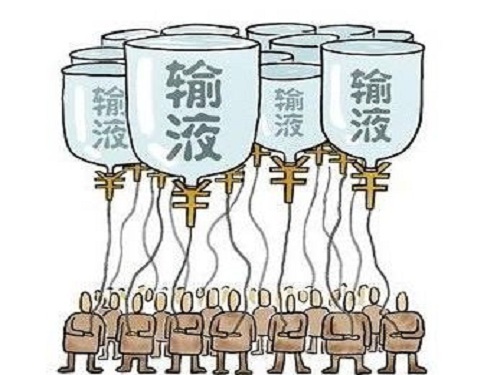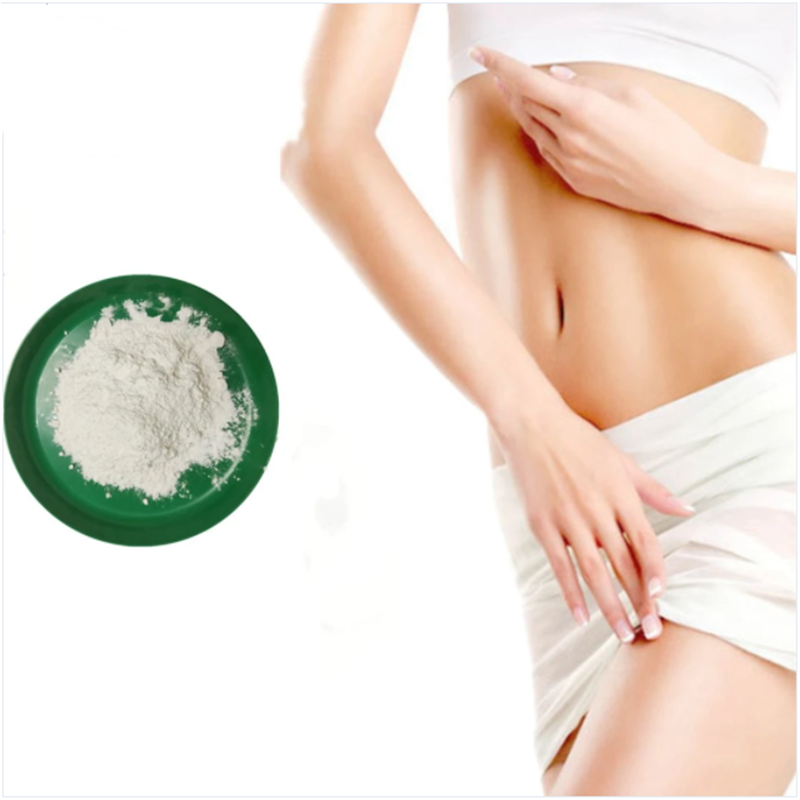Prohibit outpatient infusion disputes

â– Background events
Recently, the Jiangsu Provincial Health and Family Planning Commission issued a notice requesting that from July 1, 2016, all grade 2 or above hospitals (except children's hospitals) in Jiangsu province should completely stop intravenous infusion of antibiotics for outpatients; by the end of 2016, the province Secondary hospitals (except children's hospitals) completely stopped outpatient intravenous fluids. In other words, patients can only go to the emergency or hospital infusion. According to the statistics report issued by the National Health and Family Planning Commission, as of the end of 2014, Jiangsu Province had 141 medical institutions of three levels, 332 medical institutions of the second level, and 653 medical institutions of the first level. According to estimates, excluding children's hospitals, the number of hospitals that cannot eventually infuse infusions will reach around 460. This move was seen as another attack on antibiotics, but it also caused many controversies. The trend of antibiotic misuse does need to be curbed, but is it prohibited for infusions in large hospitals?
â—† Positive ban outpatient infusion is positive correction
The abuse of antibiotics has been criticized in recent years. According to statistics, the per capita annual sales of antibiotics in China has reached 138 grams, which is almost 10 times more than the world average annual consumption, which has led to a series of problems such as increased bacterial resistance. Some experts have appealed for this, and the abuse of antibiotics will not be controlled and they will soon face a situation where no medicine is available.
And “the ability to take medicine without injections and injections without infusions†is the principle of rational use determined by the World Health Organization. Injection of insoluble particles into the blood circulation, lung granuloma, pulmonary edema, venous inflammation and allergic reactions are prone to occur. In the eyes of many doctors, infusion is equivalent to a minor operation. Intravenous infusion is also recognized as the most dangerous method of administration. According to the “Annual Report on Monitoring of Adverse Drug Reactions in 2014†issued by the State Food and Drug Administration, the number of drugs involved in the drug is calculated according to the route of administration. Intravenous administration accounts for 57.8%, which is 2.1 percentage points higher than 2013.
However, due to some misconceptions, many people think that the “inflammatories†used for infusions are getting better and faster, and regardless of a serious illness, they will actively request infusion therapy. In this regard, there are views that the Jiangsu Provincial Health and Development Commission's move is a kind of "positive correction", from the perspective of curbing the abuse of antibiotics, it is a useful attempt in the predicament.
â—†Whether the opposite party will increase patient costs
In fact, in recent years, the supervision of antibiotics from the country to the localities has become increasingly stringent. Last year, Anhui Province issued a list of 53 kinds of diseases that do not require infusion, requiring that some surgical, gynecological inflammation, and pediatric diseases can not use antibiotics infusion, causing hot debate. At that time, there was a view that this "one size fits all" practice was not in line with the actual situation. In clinical practice, it would cause some patients to have no medicine and even delay the condition.
The introduction of measures in Jiangsu Province requires that hospitals with Grade 2 and above begin to completely ban outpatient infusions by the end of next year. It is also worrying that it will virtually increase the medical burden on patients. Later, due to the condition of the need for infusion therapy, only to emergency or hospitalization, the related costs will inevitably increase. In the end, the use of antibiotics cannot be used. Ultimately, it is the doctors and doctors who have the final say. If driven by interest, the infusion of liquids or antibiotics can't hold the brakes.
Another view is that at present, in the clinical use of antibiotics, the management of large public hospitals is relatively standardized, and the abuse phenomenon is reduced. On the contrary, some township grass-roots hospitals or private clinics, and abuse of antibiotics and infusions are more serious. The measures promulgated by Jiangsu Province for large hospital outpatient infusions will lead to the transfer of some patients to small clinics for convenience. How to supervise the abuse of antibiotics and infusions by these primary medical institutions should be even more problematic.
â—† Reporter commented on "antibiotic phobia"
In the “post-antibiotic era,†the use of less or no antibiotics has become a basic consensus. "More and more super bacteria" is a major evidence of the abuse of antibiotics. The director of the infection department of a major hospital once said that 20 years ago, "800,000 units of penicillin could achieve therapeutic effect, but now it needs 10 million units of penicillin to do it." Many new antibacterial special drugs have been lost in less than 2 years. Special effects, and the development of new antibiotics will take about 10 years. The pace of research and development of new drugs is obviously not keeping up with the evolution of bacterial resistance. Against this background, it is understandable that antibiotics should be used to "knife off" and strict control should be exercised. It is only hoped that this deviation will not be too large to avoid "antibiotic phobia". People are not fortunate if antibiotics are turned from rushing to evasion. In reality many cases have been encountered. However, when doctors prescribe antibiotics, they are considered to be taking drugs indiscriminately. However, if the medicines taken back from the hospital contain antibiotics, they would not dare to eat or would not dare to eat in sufficient amounts for three days. With this resistance, there is no cure for the disease in the future. As everyone knows, this will delay the illness. In fact, public awareness of antibiotics needs more comprehensive science.
Losing weight is a behavioral pattern aimed at reducing excess body fat and weight. Moderate weight loss reduces the risk of obesity and improves the health of patients with obesity complications.
There are two main types of commonly used drugs for the treatment of obesity: one is appetite suppressants that act on the central nervous system: these drugs are also known as anorexia drugs, which reduce serotonin and norepinephrine by affecting the activity of neurotransmitters. Reintake, thereby reducing food intake, suppressing appetite and increasing basal metabolic rate for weight loss, such as sibutamin. There is also a lipase inhibitor that acts on the periphery: by blocking the absorption of part of the fat in the diet to achieve weight loss, patients requiring drug treatment with a BMI greater than 30kg/m2 and no comorbidities, or greater than 28kg/m2 with other comorbidities .

Our company specializes in providing raw materials for weight loss, Garcinia Cambogia Extract, White Kidney Bean Extract, Green Tea Extract, etc.
There are also some raw materials, orlistat, liraglutide, cetilistat, etc.
Our company also provides OEM and ODM services

Topiramate Powder,Orlistat Capsule,Metformin Hcl Powder,Weight Loss Raw Materials
XI AN RHINE BIOLOGICAL TECHNOLOGY CO.,LTD , https://www.xianrhinebiotech.com